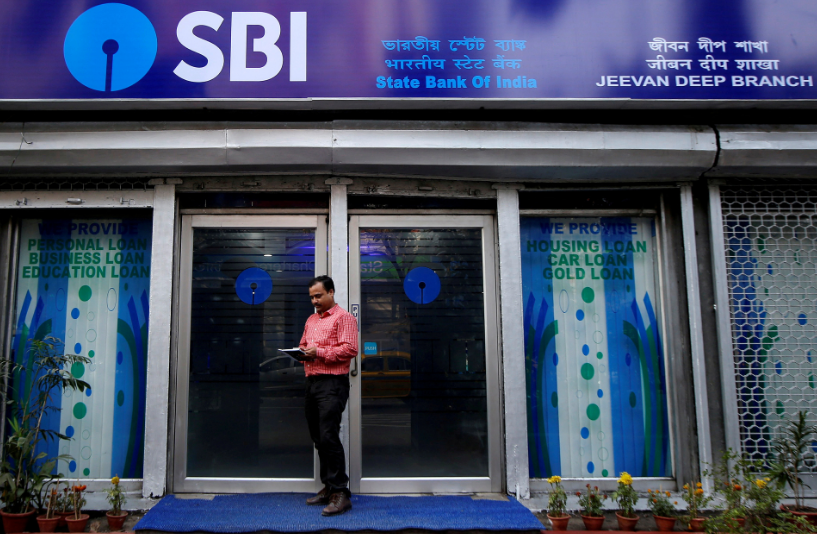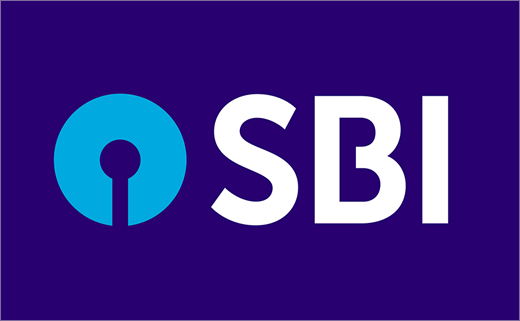Ever thought about the intricate role banks play in the development of a country’s economy? Banks, in various forms, have been integral to civilizations since ancient times. The banking sector, through its evolution, has significantly shaped the economy, transitioning from the pre-independence era to the modern digital age.
State Bank of India – Company Highlights
Founded in 1955, the State Bank of India (SBI) has emerged as one of the world’s largest banking institutions. It holds the 43rd position globally in the banking sector and is the only Indian bank listed on the Fortune Global 500 list of the world’s biggest corporations. Formerly known as the Imperial Bank of India, SBI has undergone a remarkable journey to attain its current stature as an Indian multinational, public sector banking, and financial services statutory body.

State Bank of India – About
With headquarters in Mumbai, India, SBI boasts a 23% market share by assets and a 25% share of the entire loan and deposit market in India. Employing approximately 250,000 workers, it stands as the largest bank in India and the fifth-largest employer in the country. Serving over 45 crore customers, SBI operates through a vast network of over 22,000 branches, 62,617 ATMs or ADWMs, and 71,968 branch outlets. The bank’s core values of service, transparency, ethics, politeness, and sustainability underscore its commitment to innovation and customer-centricity.
State Bank of India – Industry
In the dynamic landscape of the Indian banking system, SBI is a cornerstone, alongside numerous private sector banks, public sector banks, regional rural banks, foreign banks, and cooperative banks. Over the years, the sector has witnessed steady growth, with total credit and deposits expanding significantly. As of May 2022, bank deposits totaled Rs. 165.74 trillion, reflecting the robustness of the banking sector.
State Bank of India – Key People
At the helm of SBI is Dinesh Kumar Khara, serving as the 26th Chairman of the bank. With a rich history spanning back to 1984, Khara has held pivotal roles within SBI, including Chief General Manager and MD & CEO of various subsidiaries. Armed with an MBA and a postgraduate degree in commerce, Khara’s leadership has steered SBI through various challenges and milestones.
State Bank of India – Startup Story
The roots of SBI trace back to the 19th century when the Bank of Calcutta, later known as the Bank of Bengal, was established in 1806. Through mergers and acquisitions, the Imperial Bank of India was formed in 1921, which eventually evolved into the State Bank of India in 1955. Over its 200-year history, SBI has grown through strategic mergers and government support, solidifying its position as a banking behemoth.
State Bank of India – Mission and Vision
With a vision to be the bank of choice for a transforming India, SBI is committed to providing simple, responsive, and innovative financial solutions. Anchored by its values of service, transparency, ethics, politeness, and sustainability, SBI strives to cater to the diverse needs of its customers.
State Bank of India – Name, Logo, and Tagline
SBI’s iconic blue circle logo, symbolizing a common man, embodies its commitment to serving every Indian. Its taglines, including “PURE BANKING, NOTHING ELSE” and “THE BANKER TO EVERY INDIAN,” reflect its customer-centric approach and societal impact.
State Bank of India – Business Model
SBI’s business model encompasses treasury, corporate and retail banking, and a range of financial services through its subsidiaries. With a global presence spanning 31 countries, SBI offers a comprehensive suite of banking products and services to cater to diverse customer needs.
State Bank of India – Revenue Growth
Driven by interest income from its vast customer base, SBI’s revenue stood at Rs. 406,973 crores in 2022, underlining its financial strength and stability.
State Bank of India – Employees
As one of the largest employers in the world, SBI’s workforce of 245,652 employees plays a pivotal role in driving its growth and success. With a significant representation of female employees and a culture of performance excellence, SBI continues to attract top talent in the industry.
State Bank of India – Challenges Faced
Amidst economic uncertainties and the challenges posed by the COVID-19 pandemic, SBI navigated through a volatile environment, leveraging its resilience and strategic initiatives to mitigate risks and support its customers.
State Bank of India – Investments
Through strategic investments in various sectors, SBI continues to fuel economic growth and innovation, contributing to India’s development agenda.
State Bank of India – Shareholdings
With the government of India holding a majority stake in SBI, the bank’s shares are actively traded on major stock exchanges, reflecting investor confidence in its performance and prospects.
State Bank of India – Mergers and Acquisitions
SBI’s history of mergers and acquisitions has played a pivotal role in its growth trajectory, consolidating its position as a banking powerhouse in India and beyond.
State Bank of India – Online and Social Media Presence
Harnessing the power of digital platforms, SBI engages with its customers and stakeholders through various social media channels, fostering a strong brand presence and enhancing customer experience.
State Bank of India – Advertisement and Social Media Campaigns
Through innovative marketing campaigns like the #KindnessIsCool initiative, SBI has endeavored to promote positivity and social responsibility, resonating with audiences and enhancing brand perception.
State Bank of India – Awards
Recognized for its excellence and innovation, SBI has received numerous accolades, underscoring its commitment to delivering superior value to its customers and stakeholders.
State Bank of India – Competitors
In a competitive landscape, SBI faces formidable rivals, including HDFC, ICICI Bank, and other major players in the Indian banking sector. However, with its robust business model, extensive reach, and customer-centric approach, SBI continues to maintain its leadership position in the industry.





